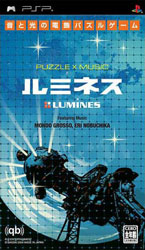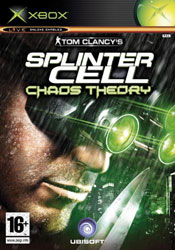I’ve spent a few hours over the last couple of days playing Final Fantasy IV Advance and I’m actually surprised by how much I like it. I’ve barely touched any of the pre-FFVI games because I’m definitely not a fan of high fantasy and found the later modern and, in the case of VI, steampunk settings far more interesting. Incidentally, I loved FFIX which renders my complaints about fantasy kind of irrelevant.
Anyway, while the game isn’t particularly pretty (it’s a port from 1991, after all) and since it can’t compensate with flashy FMV like the PSX ports newcomers will have to make do with character portraits and a new translation, designed to be more true to the original Japanese script. It therefore relies on the gameplay and story to sustain it, and since the FF games really haven’t changed the basic gameplay all that much it’s the story and characters that differentiate them.
High fantasy or not, the story is strong so far, with an elite knight stripped of his power for questioning the authority of his king when forced to kill innocent people, and then tricked into carrying out a catastrophic attack on a village of innocent summoners, somehow leaving one survivor, a young girl with the handy ability to summon monsters. I’m sure you can guess where it starts going from there.
The real test will be whether or not I bother to finish it during the wait for FFVI Advance, having never finished a single Final Fantasy. We’ll have to see on that one…


